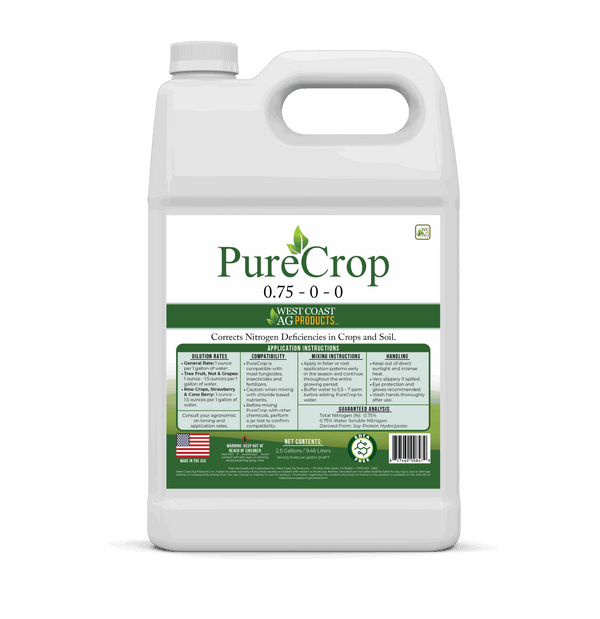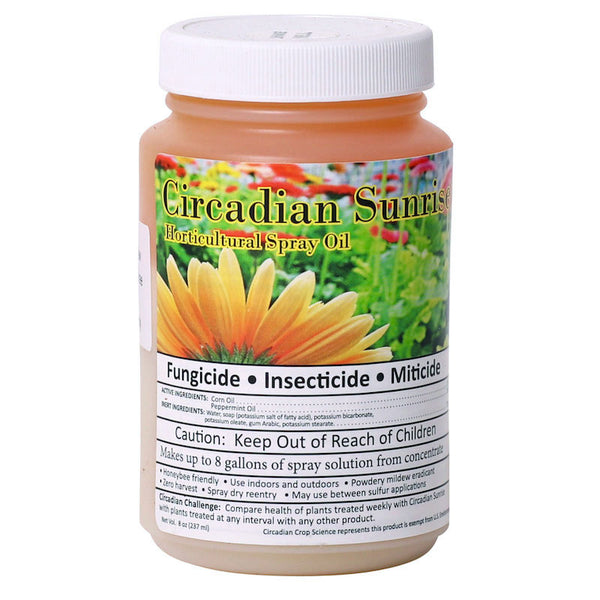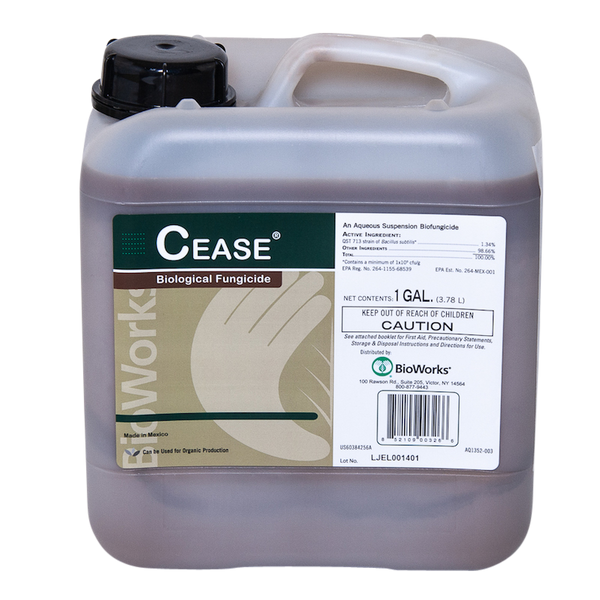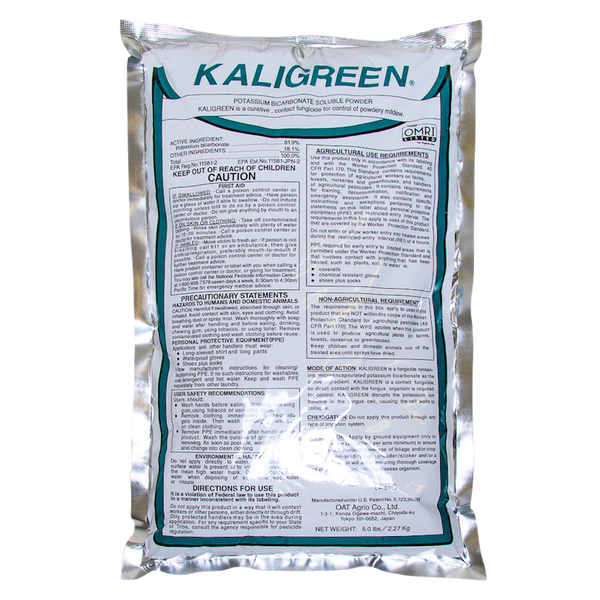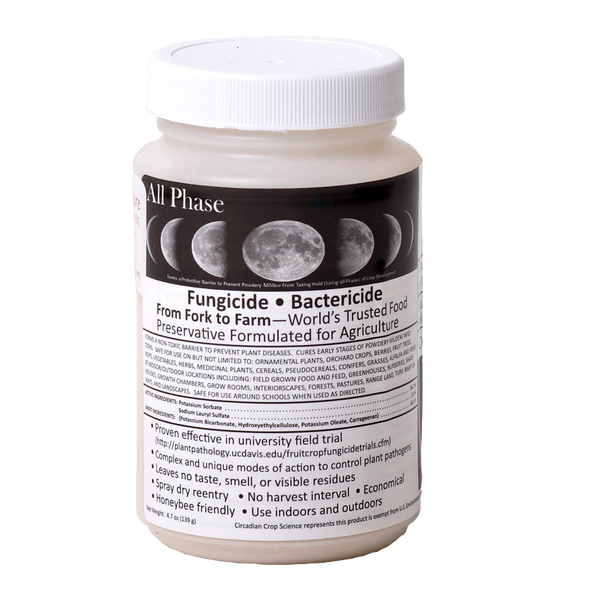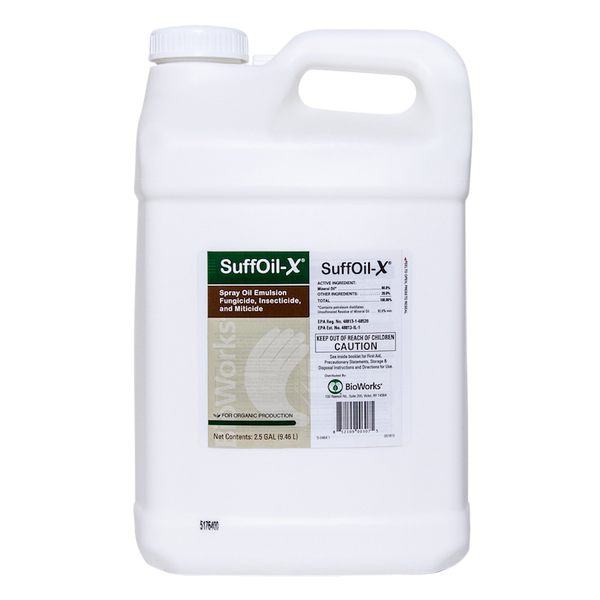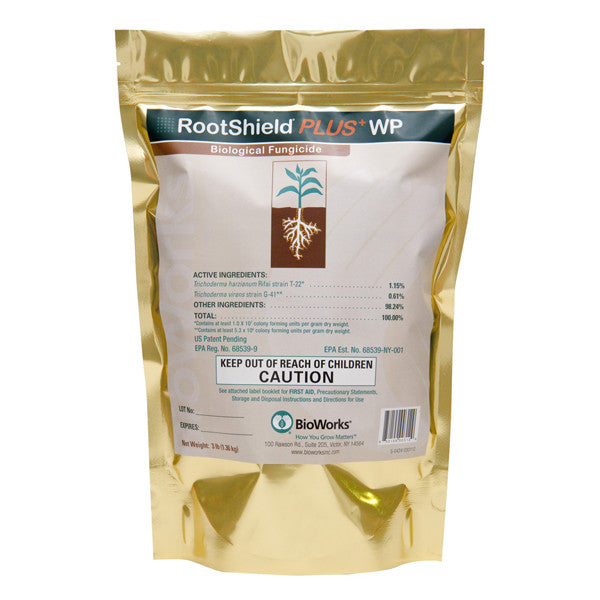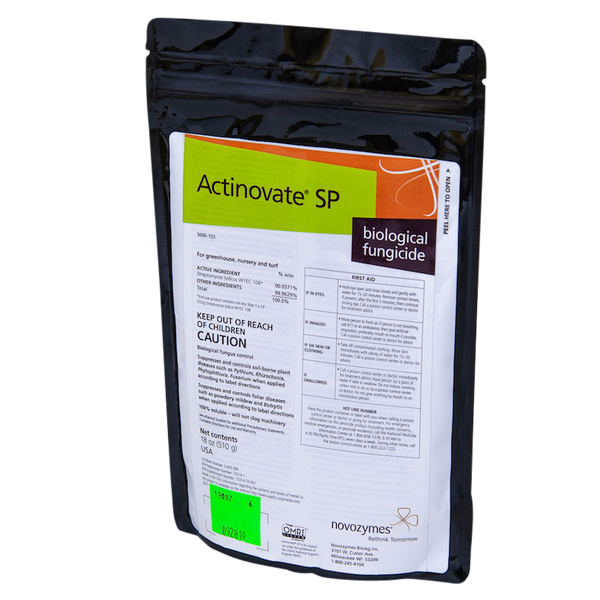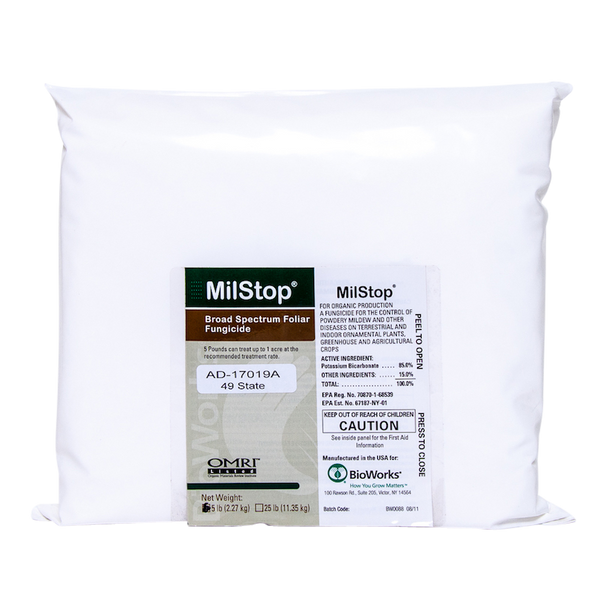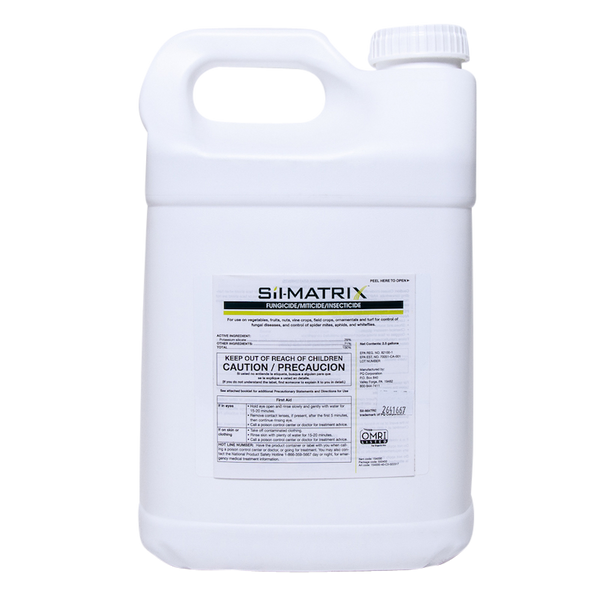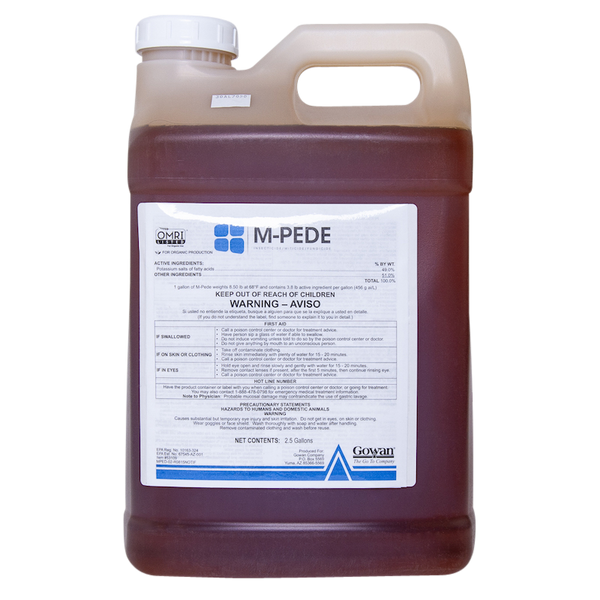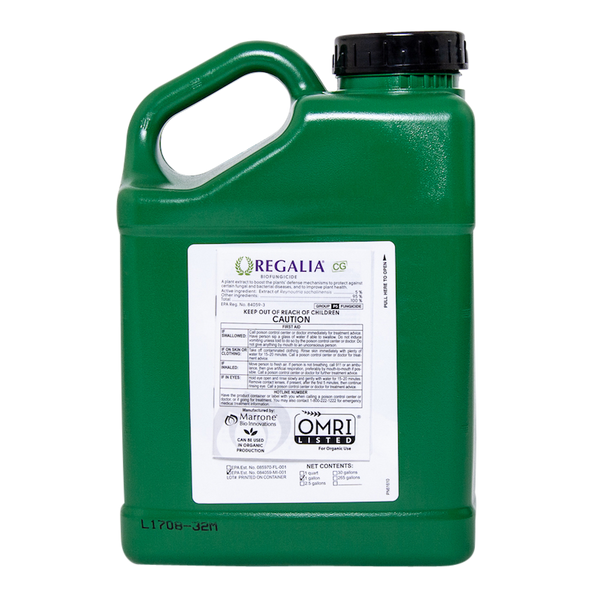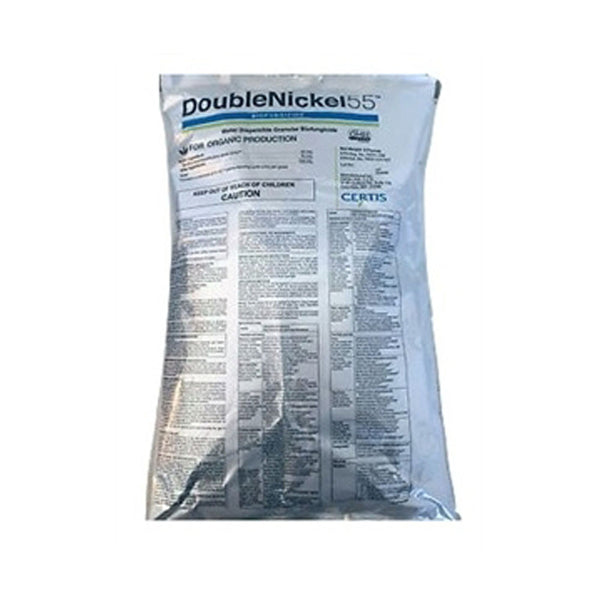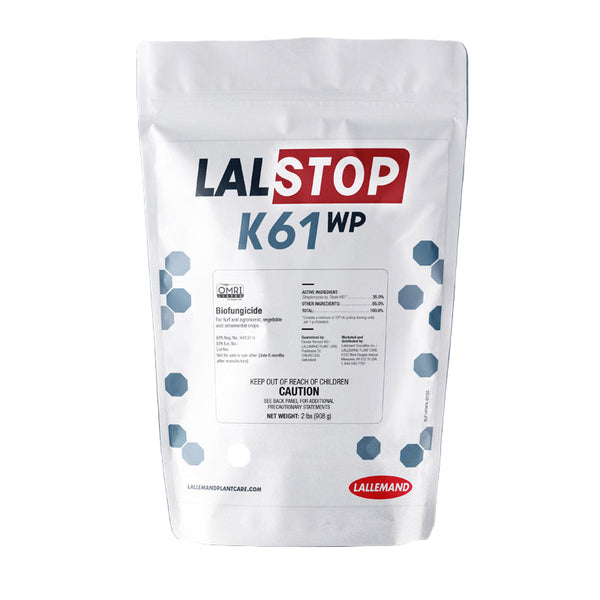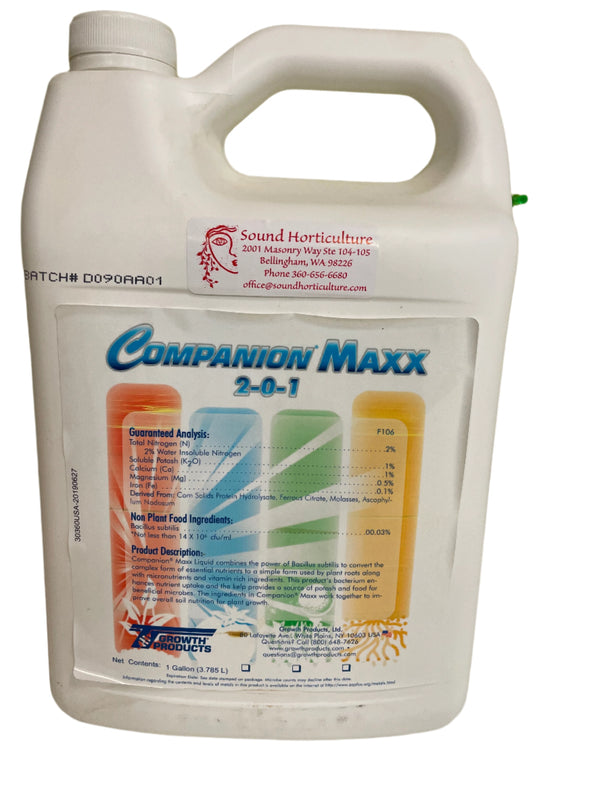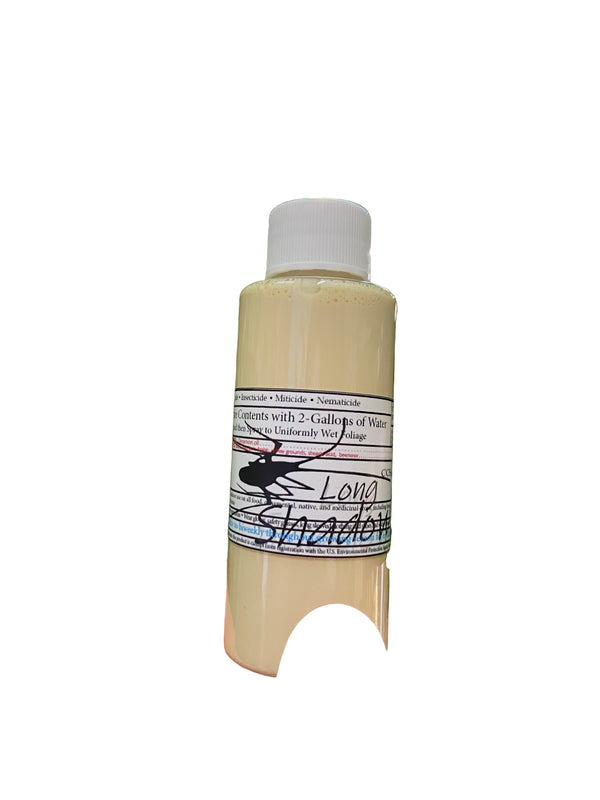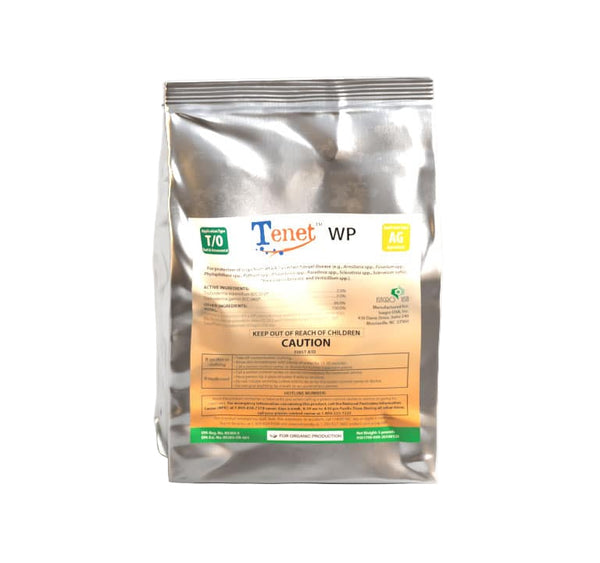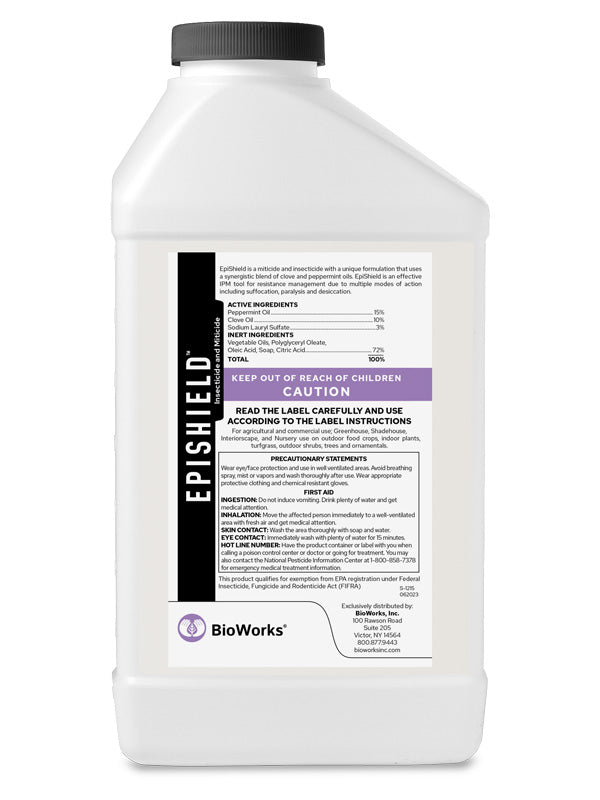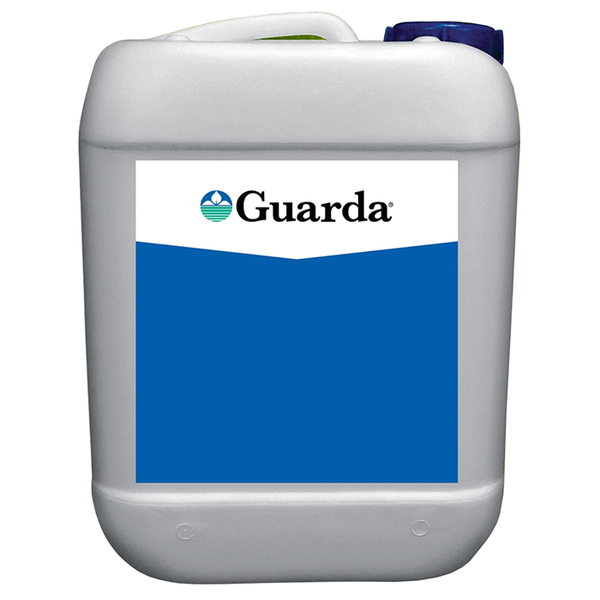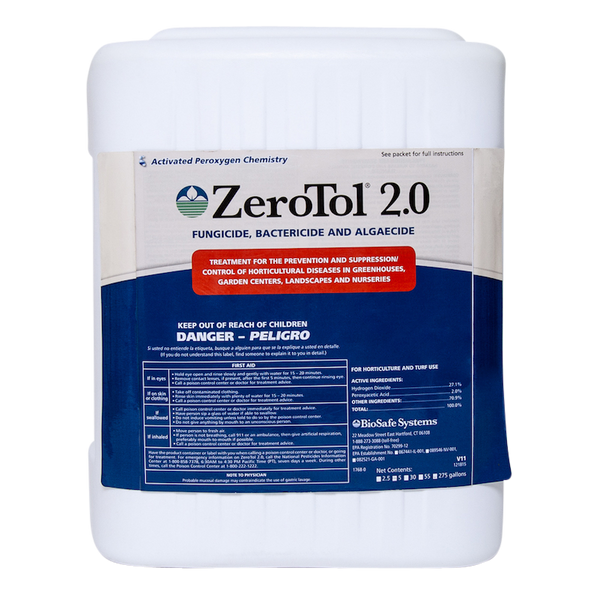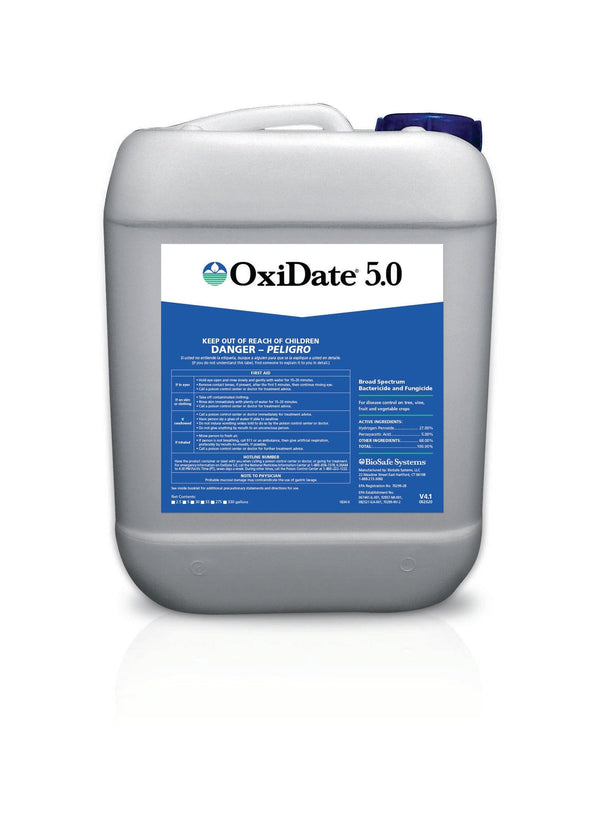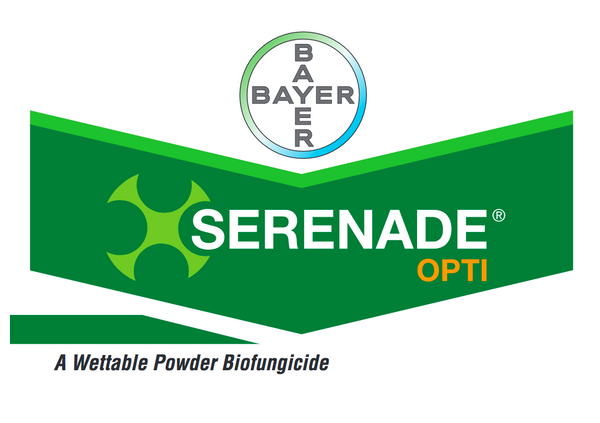Disease Control
Most plant diseases are the result of fungal infections, but bacteria and viruses are also responsible for many crop diseases. Other plant diseases are abiotic, caused by nutritional disorders or environmental conditions.
Consider the signs (physical evidence of the pathogen like fungal fruiting bodies) and the symptoms (the visible effect of the disease such as leaf wilting). Many plant diseases have symptoms that are common to fungal, bacterial and viral infections so close inspection is necessary.
Bacterial diseases in plants have symptoms very similar to fungal diseases, but a few things set them apart. They often have a rotten or fishy odor, are water soaked with a bacterial ooze, are initially confined between the leaf veins, and may have a chlorotic halo surrounding the infected area.
Greenhouse Grower, A closer look at 10 of the worst greenhouse plant disease problems., Janeen Wright 2021
New England Greenhouse Floriculture Guide, Disease Management, 2021
Shop Now for Organic Disease Control

